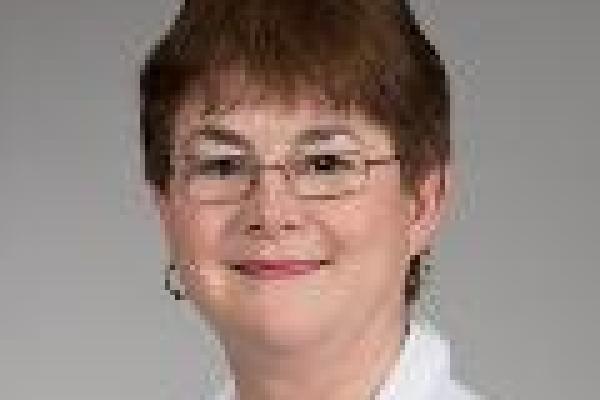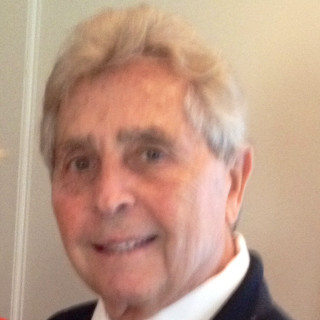

A similar study of four groups that have been resident in Mumbai and surrounding areas for generations, using blood group markers, found the Deshastha Rigvedi and the Marathas to be genetically closer to each other than to the Gujarati Patel and the Parsi communities. Almost without exception, the several regional groups of the Madhyandin Brahmins are indistinguishable from the Kshatriya Marathas due to similar physical features. They are so called because they perform Sandhya Vandana at noon. The word Madhyandin is a fusion of two words Madhya and din which mean middle and day respectively. The Madhyandins follow the Madhyandin branch of the Shukla Yajur Veda. The Yajurvedis are further classified into two groups called the Madhyandins and the Kanavas.

Deshastha Brahmins are further classified in two major sub-sects, the Deshashatha Rigvedi and the Deshastha Yajurvedi, based on the Veda they follow. The Shukla Yajur Veda has a two different branches ( Shakha in Sanakrit) called the Kanva and the Madhyandin. Two different versions of the Yajur Veda exist, the White ( Shukla in Sanskrit) and the black or ( Krishna in Sanskrit). Other Vedas include the Yajur Veda, the Atharva Veda and the Sama Veda. They were written down sometime around 400 BC. They were handed down from one generation of Brahmins to the next verbally and memorised by each generation. Four Vedas exists of which the Rig Veda is the oldest.

The Vedas are the world's oldest texts that are still used in worship and they are the oldest literature of India. Other Brahmin sub-castes in the region are Karhade Brahmin, Devrukhe, Konkanastha and Goud Saraswat Brahmin, but these sub-castes only have a regional significance. ĭeshastha Brahmins fall under the Pancha Dravida Brahmin classification of the Brahmin community in India. Various sub-classifications of the caste system exist, many based on the geographical origin of the caste. The Hindu caste system is first mentioned in the ancient Hindu scriptures like the Vedas and the Upanishads.

This era marked a period of social warfare between the two Brahmin sub-castes. The second largest Maharashtrian Brahmin community, the Konkanastha Brahmins, who historically lagged the Deshastha Brahmins socioeconomically and in Brahmin rituals achieved parity with them in the nepotistic era that followed the passing of the seat of the Peshwa of the Maratha Empire into Konkanastha hands in 1713. The valleys of the Krishna and the Godavari rivers, and a part of Deccan plateau adjacent to the Sahyadri hills, are collectively called the Desha – the original home of the Deshastha Brahmins. īrahmins constitute 4 percent of the population of Maharahstra, and 60 percent of them are Deshastha Brahmins. Samarth Ramdas All of the Peshwas during Shivaji's reign were Deshasthas. Over the millennia, the community produced the Sanskrit scholar Bhavabhuti in the 8th century, the mathematician, Bhāskara II and the 13th century Varkari saint and philosopher, Dnyaneshwar. Fused together, the two words literally mean "residents of the country".ĭeshasthas belong to the Pancha Dravida Brahmins group. The word Deshastha comes from the Sanskrit words Desha and Stha which mean inland or country and resident respectively. Madhya Pradesh ( Gwalior, Indore, Ujjain, Dhar)ĭeshastha Brahmins ( Marathi: देशस्थ ब्राह्मण, Kannada: ದೇಶಸ್ಥ ಬ್ರಾಹ್ಮಣರು) are a Hindu Brahmin sub-caste mainly from the Indian state of Maharashtra and northern Karnataka.


 0 kommentar(er)
0 kommentar(er)
